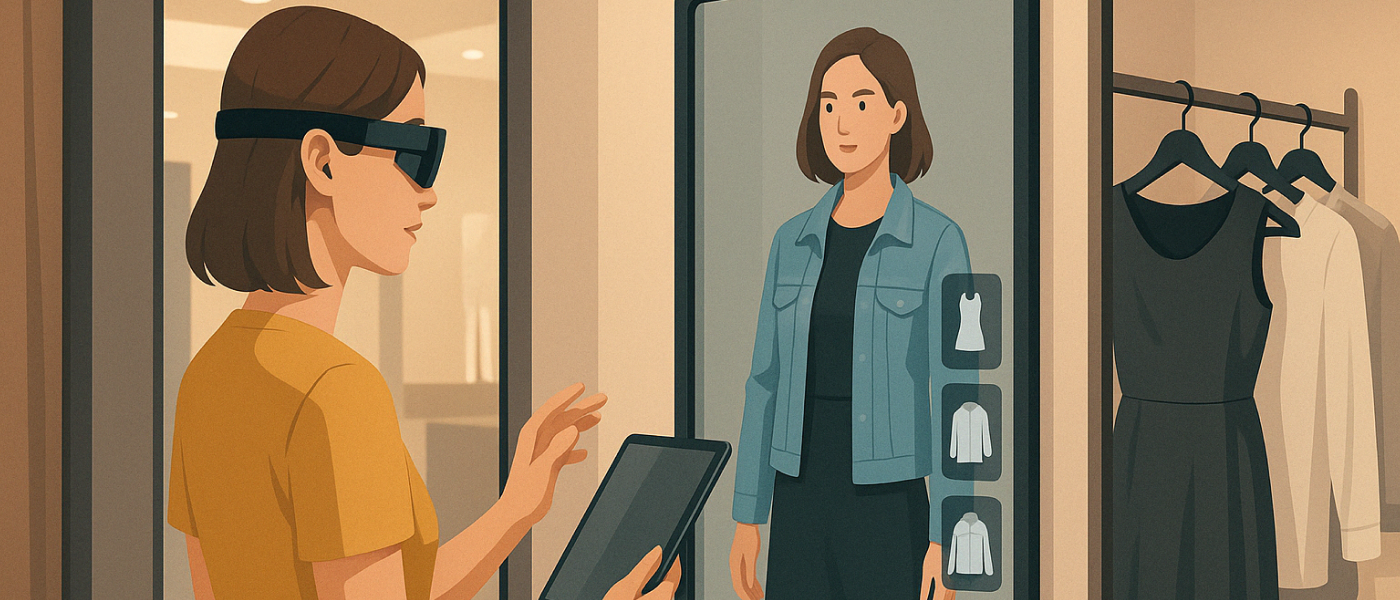The landscape of fashion retail is shifting beneath our feet. As online shopping continues its relentless growth and technological advancements accelerate, a new figure is emerging from the digital ether: the virtual fashion assistant. Powered by AI, these digital stylists promise personalized advice, trend insights, and seamless shopping experiences, accessible anytime, anywhere. But can an algorithm truly replace the discerning eye of a human stylist? Are these AI-driven advisors poised to become the future of how we engage with fashion?
Personalization at Scale
One of the most compelling arguments for virtual fashion assistants lies in their ability to offer hyper-personalized recommendations. Unlike human stylists, who have limitations on time and capacity, AI can analyze vast amounts of data almost instantly. These systems learn from user behavior, including past purchases, browsing history, saved items, and even responses to style quizzes. By processing this information alongside data on body shape, current fashion trends, and inventory availability, virtual assistants like Acloset can curate suggestions tailored specifically to an individual’s tastes and needs. This level of personalization, delivered consistently and at scale, aims to make online shopping less overwhelming and more intuitive, transforming it from a simple transaction into a bespoke experience. Major brands are already exploring this potential, recognizing that tailored recommendations foster customer loyalty.

Bridging the Online-Offline Gap
Virtual assistants offer more than just product suggestions; they aim to replicate and even enhance aspects of the traditional in-person shopping experience online. Features like virtual try-ons, powered by AR and sophisticated body scanning analysis, allow customers to visualize how garments might look on them, reducing the guesswork and potential dissatisfaction that often leads to high return rates in e-commerce. AI-powered chatbots provide 24/7 customer support, answering queries about sizing, materials, shipping, and returns instantaneously. The goal is to make online interactions more engaging and supportive. This drive towards sophisticated, personalized digital interaction mirrors trends in other AI sectors. For instance, the development of conversational AI companions, such as platforms like HeraHaven AI which allow users to create AI girlfriends and boyfriends, showcases the increasing ability of AI to simulate nuanced, personalized engagement, a capability now being harnessed within the fashion tech space to build stronger customer connections.

Challenges and Considerations
Despite the allure, the path to widespread adoption of virtual fashion assistants is not without obstacles. A primary concern revolves around data privacy. To function effectively, these AI systems require access to significant amounts of personal data, raising questions about security and ethical usage. Brands must ensure robust data protection measures and transparency about how customer information is utilized. Furthermore, the technology itself is still evolving. While AI can analyze data and identify patterns, its ability to grasp the nuances of personal style, cultural context, and the sheer creativity inherent in fashion remains debatable. Poorly designed assistants offering irrelevant suggestions can lead to customer frustration rather than satisfaction. There’s also the question of the human touch – can an algorithm truly replicate the empathy, intuition, and collaborative spirit often found when working with a human stylist? Finally, the significant investment required for developing and implementing sophisticated AI systems presents a barrier, particularly for smaller brands.
Ultimately, the future of fashion styling will likely involve a blend of human expertise and artificial intelligence. Virtual assistants possess the power to democratize personalized styling advice, making it more accessible and efficient. They can handle data analysis, trend forecasting, and initial recommendations, freeing up human stylists to focus on the more creative and relational aspects of fashion guidance. While they may not entirely replace their human counterparts, virtual fashion assistants are set to become increasingly integrated into our shopping journeys, fundamentally altering how we discover, select, and connect with the clothes we wear. The conversation is no longer if AI will impact fashion, but how profoundly it will reshape the industry.
#Sponsored

